Creating eco-friendly furniture is more than just a design trend—it’s a crucial approach to reducing our environmental impact and promoting responsible consumption. By prioritizing sustainable materials, manufacturers and consumers alike can contribute to the preservation of natural resources and the reduction of waste. This page explores some of the most innovative and viable material options for those seeking to furnish homes and spaces in a way that respects the planet while delivering on style and durability.
Reclaimed Wood: The Timeless Classic
Using reclaimed wood dramatically lowers the carbon footprint associated with furniture production. As the material has already been processed and used in its previous life, it sidesteps the need for additional harvesting, drying, and milling. This reuse of resources reduces emissions, energy consumption, and waste, making reclaimed wood a standout eco-friendly option. By opting for furniture crafted from repurposed wood, consumers directly support a more circular economy, where resources are continually reused rather than discarded.
One of the defining characteristics of reclaimed wood is its unique appearance. Unlike mass-produced timber, reclaimed wood often features a rich patina, knots, and grain patterns that tell a story of its past use. This uniqueness adds warmth and character to any furniture piece, ensuring it stands out as both an environmental statement and a design focal point. Homeowners and designers appreciate the individuality that reclaimed wood brings, making it a favorite for those looking to balance ethics with aesthetics.
Reclaimed wood is typically harvested from old-growth forests, which means it’s often denser and more durable than many newly cut timbers. Furniture made from this material is renowned for its longevity and strength, making it a practical investment for those seeking both sustainability and lasting value. With proper care, reclaimed wood furniture can withstand the test of time, further reducing the need for frequent replacement and minimizing its overall environmental impact.
Bamboo: The Rapidly Renewable Resource
Bamboo can reach maturity within three to five years, far outpacing the growth rate of most hardwood trees. Its rapid regenerative cycle allows it to be harvested sustainably without causing deforestation or soil depletion. This quick turnaround not only preserves forest ecosystems but also ensures a consistent supply of material for furniture makers seeking alternatives to slow-growing woods.
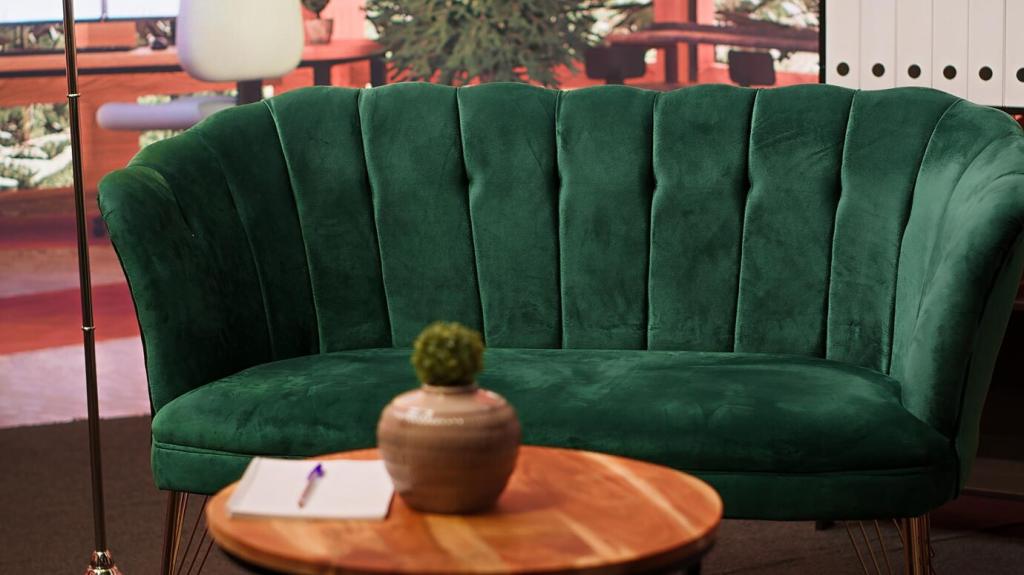
Recycled Metals: Industrial and Eco-Friendly
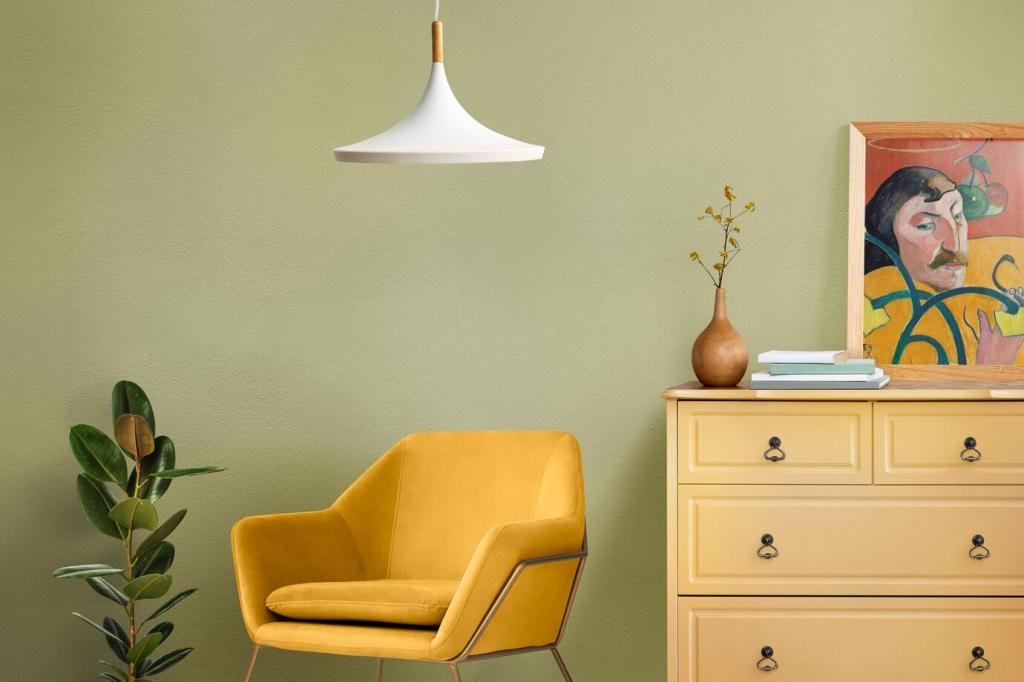
Lifecycle and Recycling Advantages
Unlike many finite resources, metals can be recycled repeatedly without losing quality. The process of turning scrap metal into new furniture-grade products consumes significantly less energy compared to producing metals from virgin ore. This means less reliance on environmentally destructive mining activities and reduced carbon emissions. By incorporating recycled metals, the furniture industry reduces waste and resource depletion while extending the useful life of valuable materials.
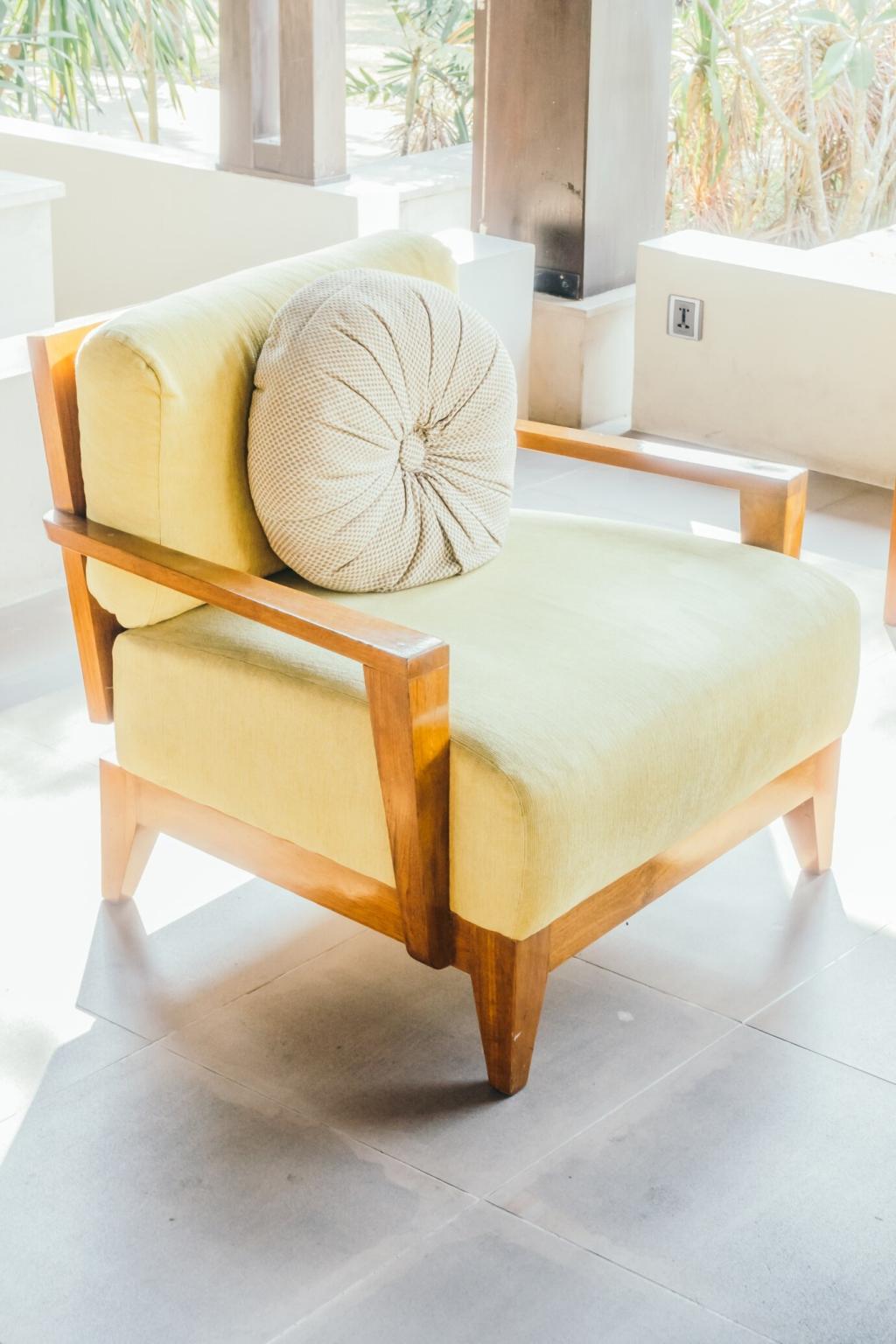
Design and Durability
Furniture made from recycled metals often boasts a modern, minimalist aesthetic that suits urban and industrial-inspired interiors. Metals such as steel and aluminum provide exceptional structural strength, supporting bold design choices without sacrificing functionality. Moreover, metal furniture is resistant to pests, moisture, and routine wear, ensuring that each piece delivers lasting utility alongside its sustainable credentials.
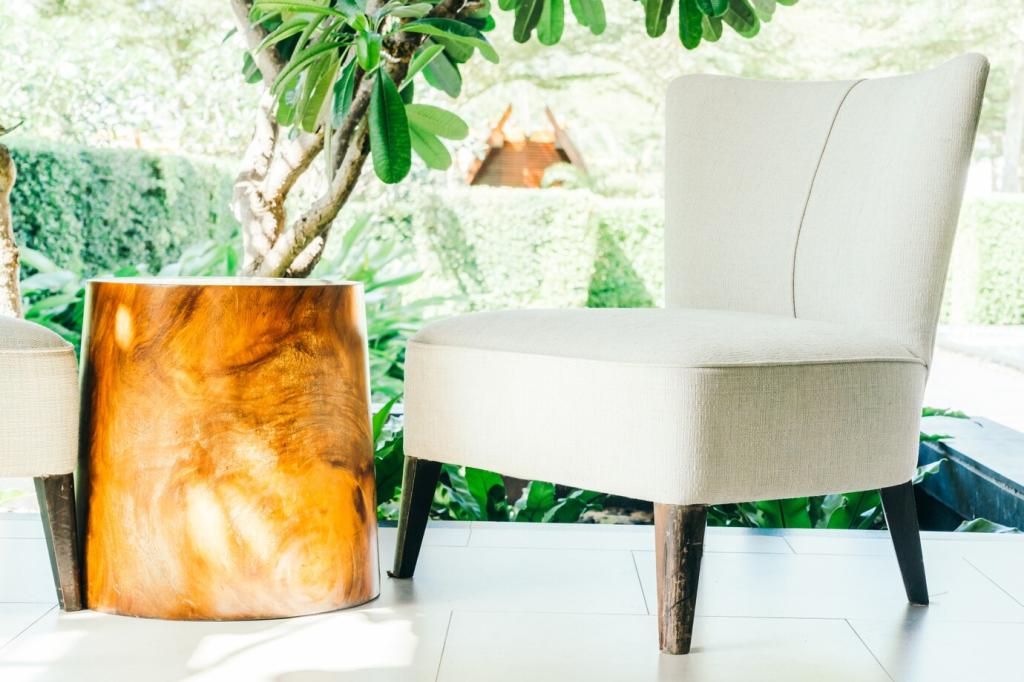
Integration with Other Materials
Recycled metal can be skillfully combined with wood, glass, or reclaimed fabrics to create mixed-material designs, enhancing both visual interest and ecological value. These hybrid pieces often blend the warmth of natural materials with the sleekness of metal, resulting in furniture that bridges traditional and contemporary styles. Such combinations highlight the adaptive potential of recycled materials, showing that style and sustainability can seamlessly coexist in furniture design.
Stringent Certification Process
For wood to attain FSC certification, its journey from forest to finished product is closely monitored. This involves rigorous third-party audits and chain-of-custody procedures, ensuring the timber was harvested sustainably and legally. FSC certification discourages deforestation, promotes biodiversity, and prioritizes community engagement, making it the gold standard for environmentally conscious consumers and businesses.
Species Diversity and Sourcing
FSC-certified wood is available in a range of species, from popular options like oak, maple, and walnut to exotic hardwoods sourced from responsibly managed forests. This diversity enables furniture makers to create an array of styles and finishes while maintaining a commitment to ecological integrity. Thoughtful sourcing prevents the overexploitation of specific tree species and reduces illegal logging, supporting the ongoing health of forest ecosystems.
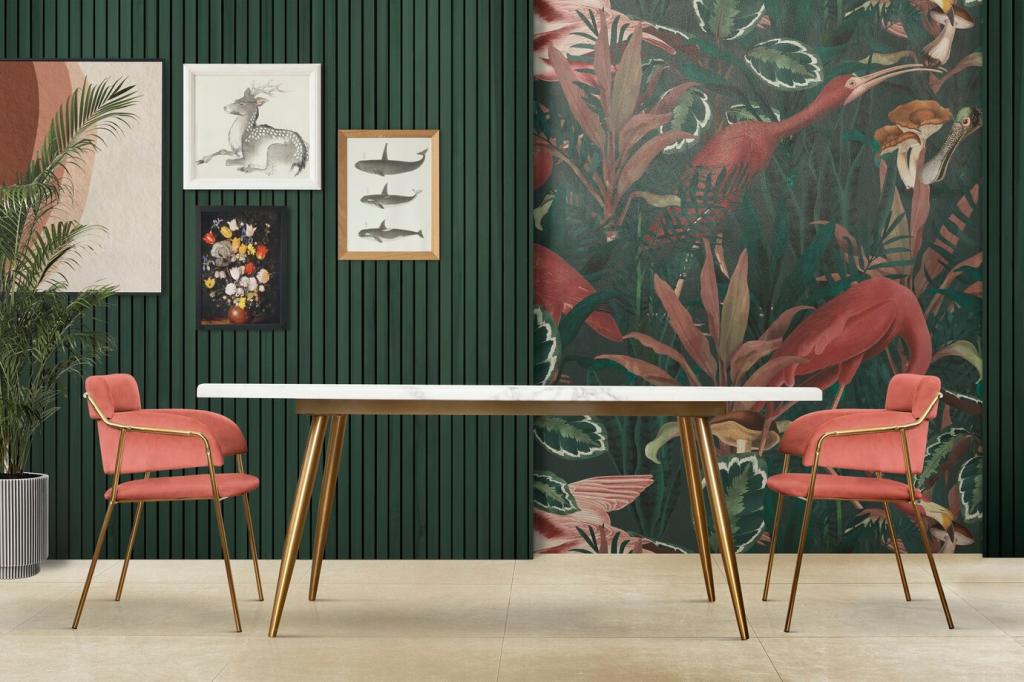
Organic Cotton Advantages
Organic cotton is cultivated without harmful pesticides or synthetic fertilizers, protecting both the environment and the health of farm workers. Its gentle production process reduces water contamination and soil degradation, creating a softer, hypoallergenic fabric perfect for furniture coverings. This cotton is ideal for those seeking durable yet gentle textiles that align with sustainable living values.
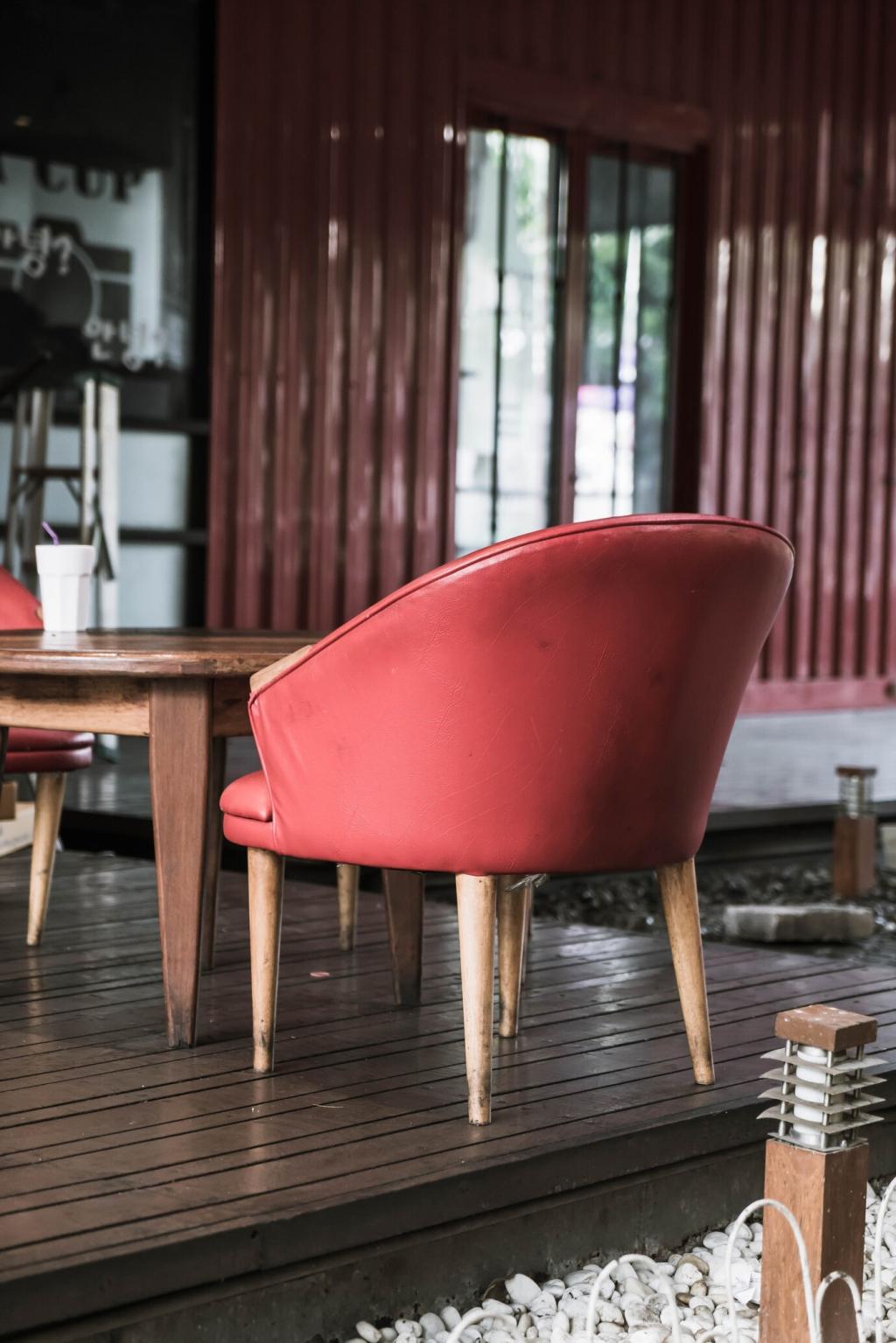
Linen and Hemp: Low-Impact Fibers
Linen, spun from flax plants, and hemp are celebrated for their minimal environmental requirements. Both plants thrive with little irrigation and without chemical inputs, rendering them highly sustainable. Their fibers are strong, naturally antimicrobial, and remain cool to the touch, making them long-lasting and comfortable options for any environment. These textiles embody the essence of responsible resource use and are well-suited to stylish, eco-centric homes.
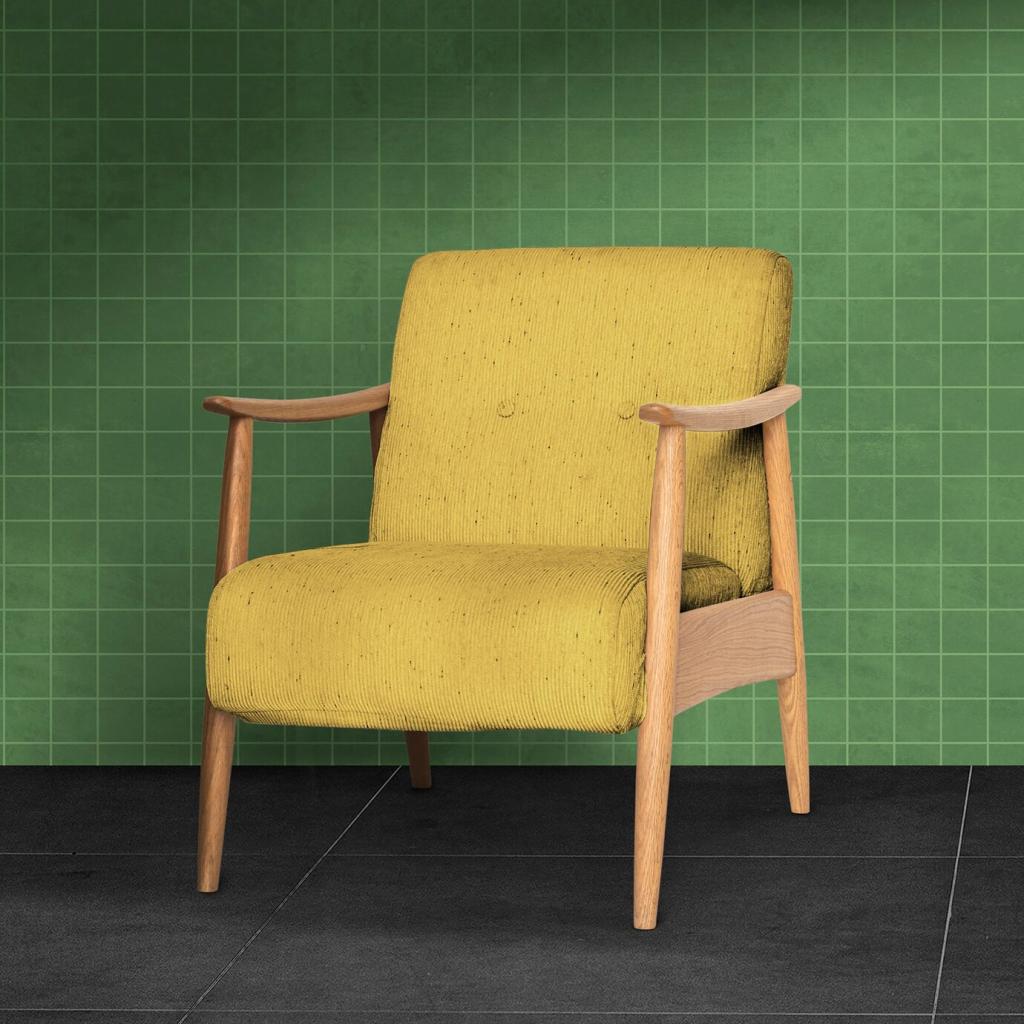
Wool: Renewable Warmth and Quality
Wool stands apart for its renewability—sheep regrow their fleece annually—while requiring relatively little energy to process. Woolen fabrics provide excellent insulation, resilience, and moisture-wicking properties, lending both practicality and luxury to furniture. Furthermore, wool is biodegradable and can be recycled or composted at the end of its useful life, reinforcing its status as a premier sustainable upholstery material.
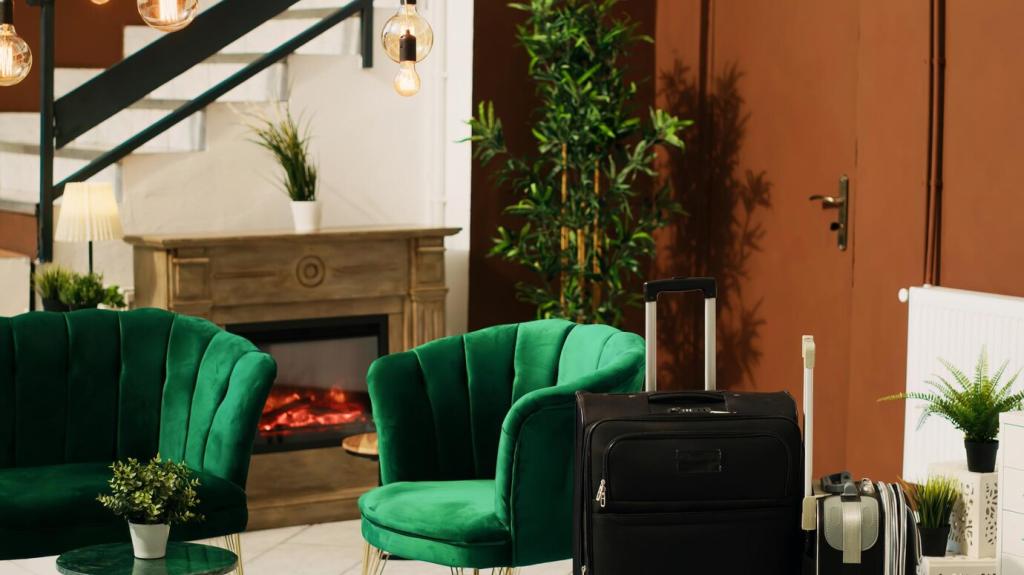
Transforming Waste into Value
Upcycling is distinct from traditional recycling in that it typically adds value and purpose to discarded items. Designers might use retired fabrics to reupholster chairs or repurpose automobile parts into unique tables and bookshelves. This process turns what was once considered trash into bespoke furniture, providing environmental benefits by reducing the need for new raw materials and encouraging responsible consumption.

Customized Aesthetic and Storytelling
Furniture made from upcycled components often carries a distinct story, reflecting the origins of the materials and the ingenuity of the maker. The resulting designs can be bold, colorful, and full of personality, appealing to those who appreciate both sustainability and individuality. Each piece tells a narrative of resourcefulness and environmental stewardship, making it a conversation piece in any setting.
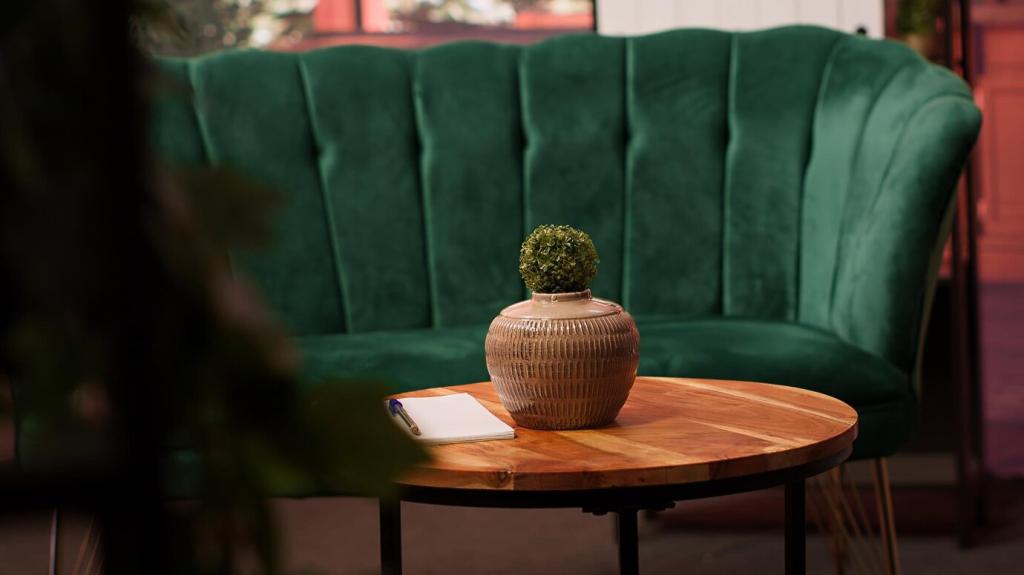
Environmental Benefits
By maximizing the lifespan of existing resources, upcycled furniture lessens the demand for energy-intensive manufacturing and curbs greenhouse gas emissions. Diverting materials from waste streams reduces landfill burden, while creative reuse sparks awareness about the importance of thinking differently about what we throw away. Embracing upcycling practices empowers consumers to support sustainability on both a local and global scale.
Bioplastics and Plant-Based Composites: The Next Generation
Bioplastics are crafted from plant-derived polymers, offering many of the performance qualities of traditional plastics but with greatly reduced environmental side effects. These bio-based materials can be shaped into stylish furniture components, including chairs, tables, and intricate fittings. When designed for compostability, bioplastic products break down naturally after use, ensuring minimal long-term environmental impact.
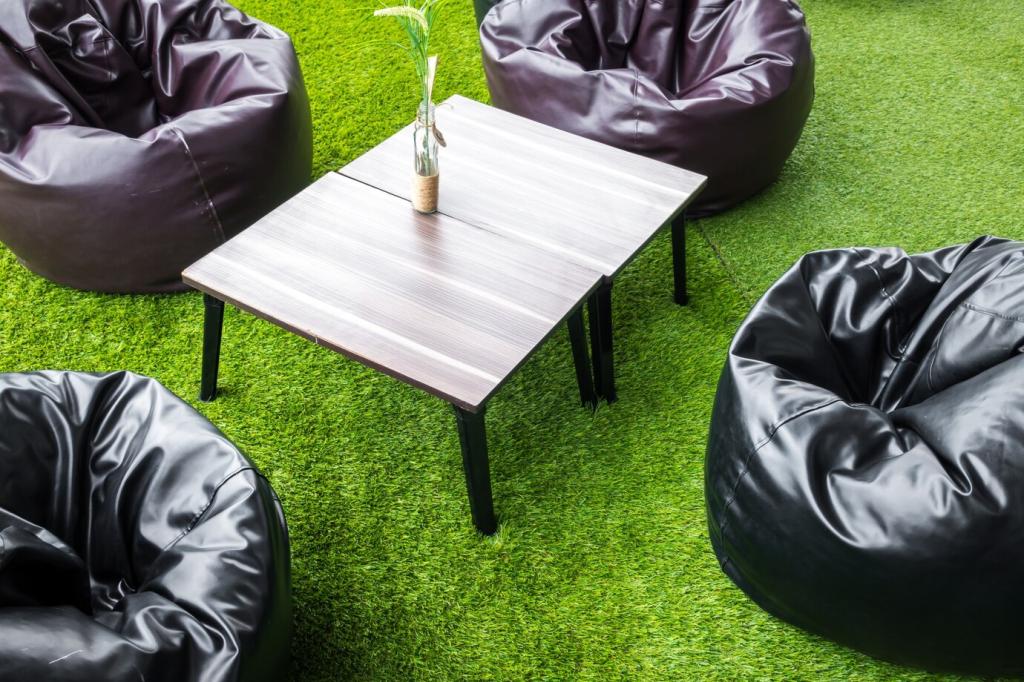
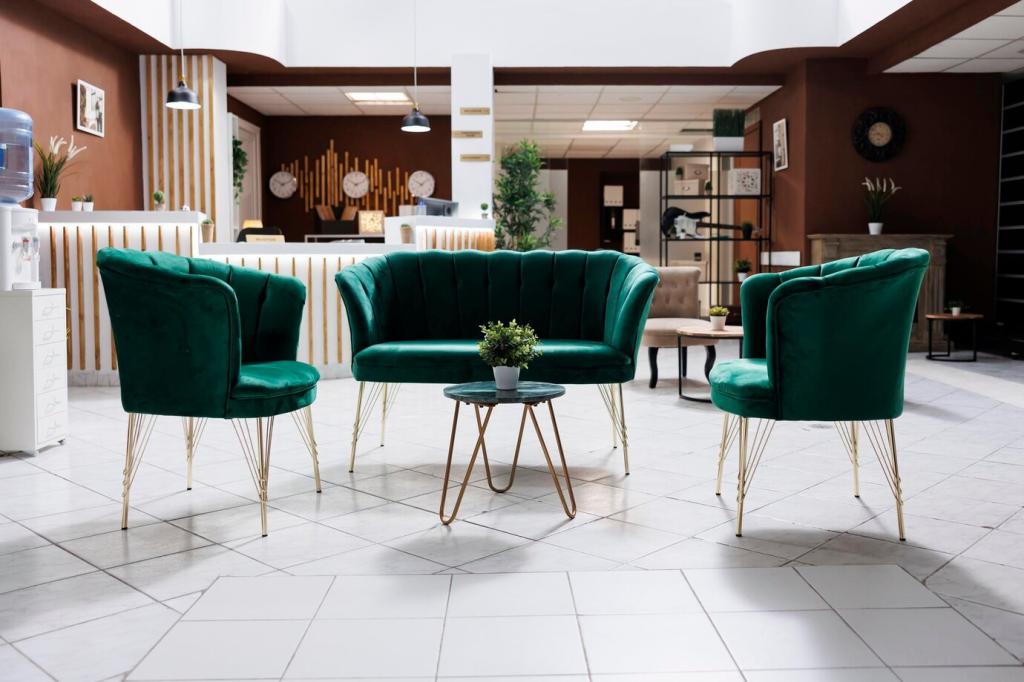
Conventional finishes and adhesives often off-gas chemicals that can lead to respiratory issues and contribute to indoor air pollution. These compounds also pose disposal and environmental challenges, threatening both human health and ecosystems. By selecting low-VOC or zero-VOC solutions, manufacturers and consumers can significantly reduce exposure to these harmful substances, supporting safer living spaces and cleaner production processes.

The furniture industry is rapidly moving towards water-based, plant-derived, or naturally sourced finishes and adhesives. These alternative products perform just as well as their chemical-laden counterparts while maintaining a drastically lower ecological footprint. Their adoption not only benefits users but also protects workers involved in furniture production, reinforcing the importance of sustainability throughout the entire lifecycle.

Low-VOC finishes do not compromise on beauty or durability. Advances in formulation have made it possible to achieve a range of sheens, colors, and protective qualities that match or even surpass traditional products. Furniture finished and assembled with non-toxic materials retains its appeal and functionality while giving consumers peace of mind that their indoor environment remains as safe and natural as possible.
